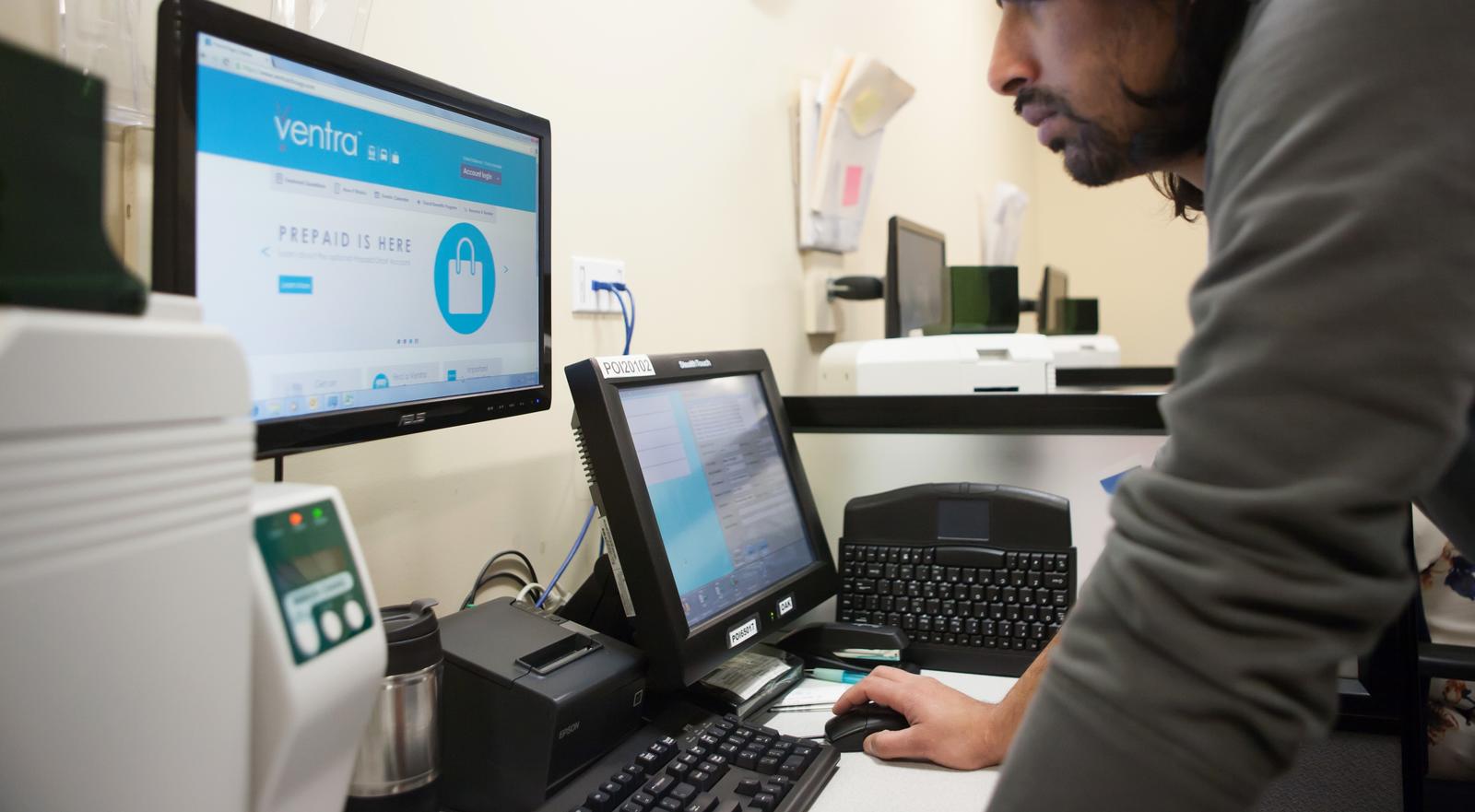The mantra for all transit operators is simple: reduce costs and increase traveler satisfaction levels. However, market forces work to undermine these goals in revenue management.
After the 2019 American Public Transportation Association (APTA) Tech Conference, I heard the need to get back to basics with revenue management in today’s age of a multi-modal transportation system.
With the industry turning to a single payment program for multiple modes, transit operators have begun to realize that putting the traveler first is only a first step in effective revenue management.
To be successful at finding ways to reduce costs while maintaining traveler satisfaction, operators must utilize creative initiatives that will produce savings and allow them to remain efficient.
Considering we process over 24 billion transactions every year, I'd like to share some of our global best practices around fare collection, revenue management, fulfillment and settlement from a program operations level.
The best practices presented below represent strategies to optimize revenue management.
|
|
|
|
|
|
|
|
|
|
With more than twelve years of finance, sales, and transportation program experience, Brandon Long, has helped transit agencies of all sizes develop their goals and strike inefficiencies. He has researched innovative solutions for cities and regions to meet their transportation policy goals and helped transit agencies advance some of the most significant transit projects.
A sampling of his contributions to better transit includes creating business solutions for transportation providers in the western United States and facilitating collaboration between payment solutions providers, mobile technologies, new transportation solutions, and rider-focused applications.
In his current role, Brandon manages business development efforts for Cubic Transportation Systems in Southern California and is focused on assisting Los Angeles Metro in advancing the state of their automated fare collection system, the TAP program, to expand its reach and accommodate supportive mobility providers through integrated fare payment.
Brandon is an alumnus of Pepperdine University and holds an MBA from the Anderson School of Management at UCLA.




